Image Not Available
for Chester Harding
Chester Harding
1792 - 1866
Death-PlaceBoston, MA
Birth-PlaceConway, NH
BiographyChester Harding (1792-1866)Chester Harding was born in Conway, in western Massachusetts, one of twelve children of a small-time inventor. As a young man he worked as a tavern keeper, cabinetmaker, sign painter, and house painter. He was inspired to attempt portraiture after meeting an itinerant painter called Nelson in Pittsburgh. His first effort was an image of his twenty-two-year-old wife, Caroline, painted on a piece of board. Harding's early years were marked by constant movement in search of commissions and of fine paintings to view. His first success was in Lexington, Kentucky, where Harding painted portraits for half the price charged by local artist Matthew Jouett. He saved enough money to travel to Philadelphia to study paintings by Thomas Sully and others. While his early attempts were accomplished, Harding always recognized his need for improvement in composition, drawing, and color and constantly studied the works of greater painters.
After it became difficult to obtain commissions in Kentucky, Harding traveled to Cincinnati, Saint Louis, Washington, D.C., and Massachusetts as an itinerant painter. In 1821 he went to Boston to meet Gilbert Stuart. In 1823 he settled in the city, and for six months he enjoyed great popularity. Yet, in spite of his success, Harding still felt the need for further education. On a study trip to Great Britain he toured museums, met Sir Thomas Lawrence, exhibited at the Royal Academy and the Royal Society of British Artists, and received many commissions from nobility, including the duke of Sussex, the king's brother. By 1826 he was back in Boston,and in 1830 he and his growing family settled in Springfield, though he stayed in the Boston studio during the winter.
For the next twenty years Harding painted the most fashionable members of society and the young country's leading statesmen, including President John Quincy Adams. In the 1840s his studio was the center of Boston's artistic life. Harding was a diligent worker and possessed a realistic businesslike attitude, but he also had a hearty genial nature and often amused his sitters with stories about his backwoods upbringing. In his last years, Harding enjoyed fishing trips to the Adirondacks, the White Mountains, and Canada, often in the company of fellow artists Francis Alexander, Alvan Fisher, and Thomas Doughty. He died in Boston in 1866 en route to Cape Cod.
Mrs. Samuel Appleton (Julia Webster), ca. 1840
Oil on canvas, 49 x 40 7/8 in. (124.5 x 103.8 cm)
John B. Talcott Fund (1972.91)
One of Harding's most elaborate female portraits is this likeness of Julia Webster Appleton (1818-1848). The sitter is dressed in a fashionable velvet and ermine coat and matching feathered hat. Her black-and-white costume is strikingly set off by the rich red of the velvet couch and damask drapery in the background. Like many society portraits, this painting indicates the sitter's social status through her expensive clothing and tasteful surroundings. Yet Harding was interested in the faithful depiction of his sitters, not just mere flattery and artifice. Her kindly expression and clear eyes reveal the friendliness and generosity for which she was known.
Harding was well-acquainted with the Webster family. Julia's father was Daniel Webster, the famous Massachusetts orator and statesman. Harding painted more than twenty portraits of Webster during his lifetime and had completed a portrait of Webster's first wife, Grace Fletcher, less than a month before her sudden death.(1)1 Julia and Harding's daughter Ophelia had been childhood friends. In his autobiography, Harding tells of attending the famous Robert Hayne-Webster debate in the Senate in 1830. The evening after Hayne's eloquent speech, Harding went to Webster's home to fetch his daughter, who was visiting with Julia. Considering the day's events, Harding expected to find Webster in his library frantically preparing the next day's response; instead he found him cheerfully playing with the two girls.(2)2
In 1839 Julia married Samuel Appleton Appleton, a Boston merchant from a prominent Beacon Hill family. The wedding took place in London, during a seven-month European tour in the company of Julia’s aunt Harriette Story Paige, Daniel Webster, and his wife, Caroline Le Roy Webster.(3)3 In Paris they dined at Versailles, the guests of King Louis-Philippe. Harding most likely painted the portrait of Mrs. Appleton upon the couple's return to Boston in early 1840.
A devoted daughter, wife, and mother of five children, Mrs. Appleton died of tuberculosis in 1848, a few months after her thirtieth birthday.(4)4 Her brother Edward had been killed only a few weeks earlier in the Mexican War.
MAS
Bibliography:
Chester Harding, “My Egotistography” (Cambridge, Mass.: J. Wilson, 1866); Chester Harding, “A Sketch of Chester Harding, Drawn by His Own Hand” (Boston and New York: Houghton Mifflin, 1890; reprint, New York: DaCapo Press, 1970); “Chester Harding, 1792-1866”, exhib. cat. (Springfield, Mass.: Connecticut Valley Historical Society, 1952); “Family Connections: Portraits by Chester Harding”, exhib. cat. (Framingham, Mass.: Danforth Museum of Art, 1981); Leah Lipton, “A Truthful Likeness: Chester Harding and His Portraits”, exhib. cat. (Washington, D.C.: National Portrait Gallery, 1985).
NOTES:
1. Lipton, “Truthful Likeness”, p. 94.
2. Harding, “Sketch of Chester Harding”, p. 148.
3. On the trip to Europe, see Julia Webster, May 18-October 21, 1839, Julia Webster Diaries, 1839-47, Massachusetts Historical Society, Boston; Caroline Le Roy Webster, “Mr. W. and I” (n.p.: Ives Washburn, 1942); and Harriette Story Paige, “Daniel Webster in England” (Boston and New York: Houghton Mifflin, 1917).
4. Walker Lewis, ed., “Speak for Yourself, Daniel: A Life of Webster in His Own Words” (Boston: Houghton Mifflin, 1969), pp. 368-70.
Person Type(not assigned)
American, 1878 - 1942









